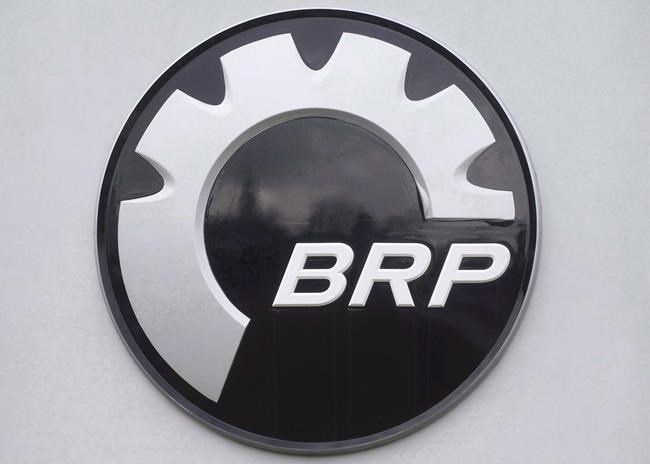BRP Inc. is entering the electric motorcycle business.
The maker of Ski-Doo snowmobiles and Sea-Doo personal watercraft announced Friday that it will launch a family of electric two-wheel motorcycles, with the first models expected to be available by mid-2024 under the Can-Am brand.
This is a return to motorcycles for Can-Am, which introduced its first product in 1973. Can-Am stopped its two-wheel motorcycle production in 1987, although it launched the three-wheel Can-Am Spyder in 2008.
The initial models will target the North American and European market first,the company said.
"The motorcycle industry might shift faster to electric than other product lines," BRP CEO José Boisjoli told a conference call with financial analysts to discuss the company's latest results.
"It's a very good addition to our plan and it's the way we continue to intend to grow."
In 2021, BRP announced that it would invest $300 million over five years in a plan to offer electric models in each of its product lines by the end of 2026. The company said that plan is still on track.
Some analysts see this move into electric motorcycles as a positive opportunity for the company.
"We like the electric nature of the product line, which acts as a differentiator and leverages the company's investments in batteries and powerpacks," said Martin Landry, analyst at Stifel GMP in a note. "This new product line should be welcomed by dealers providing them with tools to attract new customers."
While the electric motorcycle space is getting increasingly more crowded, BRP believes it will be able to differentiate itself.
"We would be disappointed if we’re not north of half a billion in sales by 2030," Boisjoli said on the call.
The announcement came as BRP reported Friday a fourth-quarter profit of $209.6 million as its revenue rose nearly 30 per cent compared with a year earlier.
The company said its profit amounted to $2.50 per diluted share for quarter ended Jan. 31, down from $264.2 million or $2.95 per diluted share in the same period a year earlier.
BRP said the drop was primarily due to the impact of unfavourable foreign exchange on its U.S.-dollar denominated long-term debt, partially offset by higher operating income.
The company said its normalized net income for the quarter amounted to $3.00 per diluted share, up from $1.82 per diluted share a year earlier.
Revenue for the quarter totalled $2.35 billion, up from $1.82 billion.
Analysts on average had expected an adjusted or normalized profit of $2.53 per share and $2.29 billion in revenue, according to financial markets data firm Refinitiv.
In guidance for its 2023 financial year, BRP said it expects revenue to grow in a range of 24 to 29 per cent and normalized earnings per diluted share to gain eight to 12 per cent.
"The first half of the year could prove to be more challenging given the global supply chain volatility," Boisjoli said in a statement.
"We are confident we can achieve our full-year guidance based on sustained consumer interest in powersports, our strong product portfolio, including new product introductions, and the agility of our team."
The company noted on the call that concerns around inflation, oil price uncertainty, interest rates, and the war in Ukraine, aren't slowing down customer interest yet.
BRP added that it expects to be able to navigate a possible recession for several reasons, including a more diversified product portfolio, more products at lower price points and a footprint in Mexico that allows for efficient manufacturing.
The company's shares gained $8.89 or 10 per cent at $97.46 in early afternoon trading on the Toronto Stock Exchange.
This report by The Canadian Press was first published March 25 2022.
Companies in this story: (TSX:DOO)
Adena Ali, The Canadian Press



